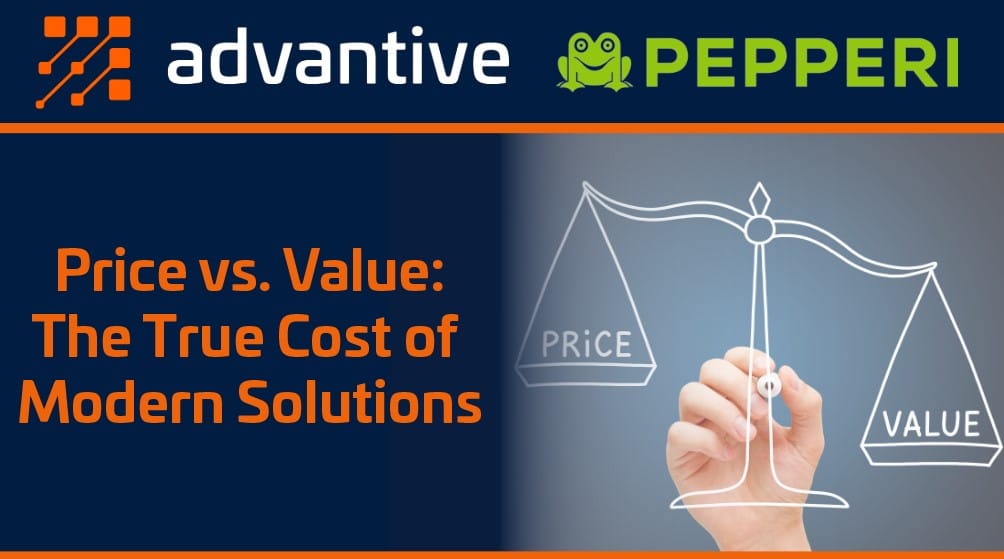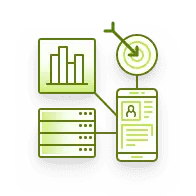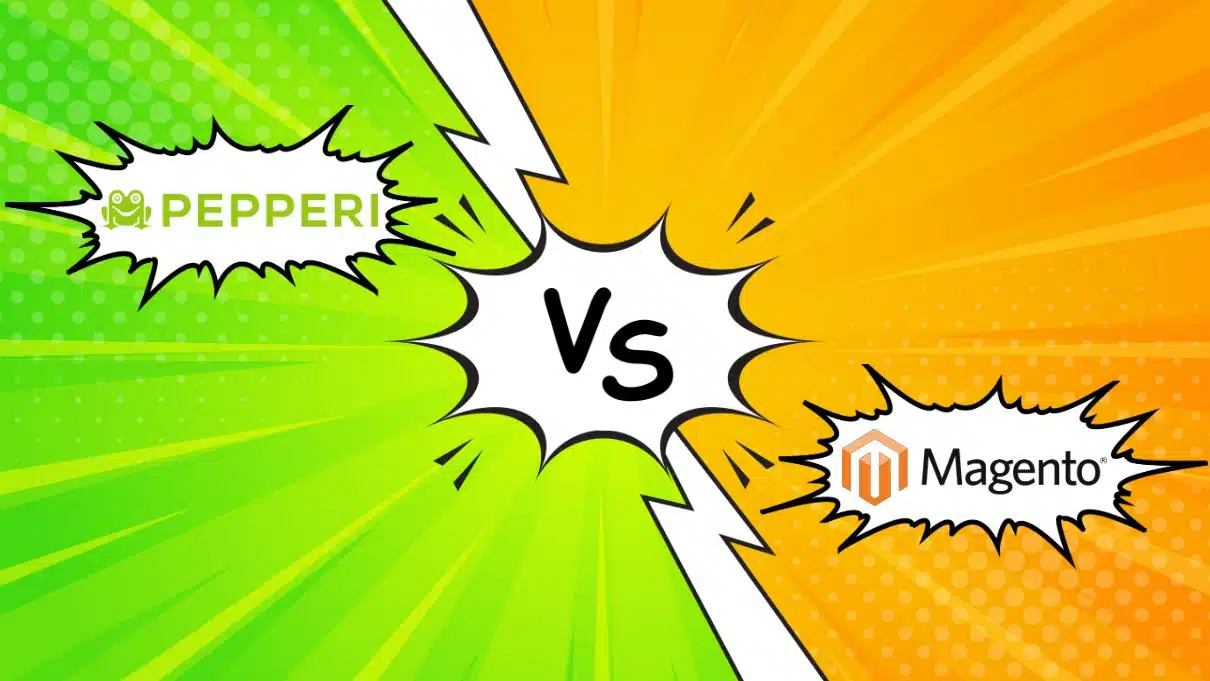Price vs. Value: The True Cost of Modern Solutions
May 20, 2025 By Stacey Woods

Sticker shock!
We’ve all experienced it – that feeling when you see the price of an item and it is higher (sometimes, quite a bit higher) than expected.
But, when it comes to technology, the price doesn’t tell the whole story. Quite often, you have to look deeper to discover the true value of a product or solution. That’s when you see just how much this “expensive” technology can actually benefit your organization.
Better together
The concept isn’t new. All-in-one. Bundling. However it is phrased, the idea is to include multiple technologies, services, or functionalities into one product. In this way, the product helps the purchaser save time and money.
In the software world, new solutions are introduced to help organizations consolidate operations, data, disparate systems, and much more. So, it is logical that a product or solution enhanced with many useful features would carry a higher price than a standard solution.
Despite the seemingly higher initial cost, these feature-filled offerings are becoming the top choice of organizations looking for greater benefit from their purchase. And software providers have discovered that providing a solution that helps their customers become more efficient, improve performance, and save money is a smart business plan.
After all, as entrepreneur Richard Branson said: “In a competitive market, it’s not always the lowest price that wins but the best value.”
The benefits of SaaS
One of the features that is becoming commonplace in modern software offerings is that they are built on a Software-as-a-Service (SaaS) platform. So much so that the SaaS industry is predicted to have a market volume of $344 billion by 2027. And more than 80% of businesses use at least one SaaS application in their operations.
And, in today’s digital world, organizations have come to the realization that their on-premises solutions are no longer the most efficient and cost-effective way to handle their software needs. SaaS options provide a host of benefits for organizations, including:
- Lower upfront costs: SaaS platforms typically operate on a subscription model, which eliminates the hefty initial investment in hardware, software licenses, and infrastructure required for on-premises setups.
- Quick deployment: SaaS is cloud-based, requiring no complex installations or configurations and getting organizations up and running much faster.
- Automatic updates: Updates, patches, and improvements are handled by the provider, ensuring that organizations are always using the latest version without managing it themselves.
- Scalability: SaaS platforms can easily scale up or down depending on the customers’ needs. Adding users or expanding storage can be done with minimal effort and investment.
- Accessibility: Organizations can access tools and data from anywhere with an internet connection. This is particularly beneficial for remote teams or organizations with multiple locations.
- Reduced maintenance: The provider takes care of maintenance, backups, and security, freeing your IT team to focus on other tasks.
- Enhanced collaboration: Many SaaS platforms are designed with collaboration in mind, offering features such as shared access, real-time updates, and integration with other cloud-based tools.
- Predictable costs: With subscription pricing, organizations can better predict and manage operating expenses, avoiding unexpected costs, such as hardware failures or emergency upgrades.
Building a solution on a SaaS platform gives software providers the flexibility to add a host of features to help any organization, including eCommerce companies, become more efficient as well as discover even more benefits.
Made for eCommerce
Speaking of eCommerce, retail organizations have embraced the digital world, and so have consumers. The eCommerce industry is one of the fastest growing industries and shows no signs of slowing down. According to recent estimates, global retail eCommerce sales reached an estimated $6.33 trillion in 2024, growing 8.8% from 2023. In the United States, e-commerce sales totaled $1.37 trillion in 2024, up 10.6% from 2023.
In such a competitive industry, eCommerce organizations are looking for every advantage they can get. For many, that means consolidating sales operations – including all of the data and business logic found in multiple disparate systems – into a single, cohesive platform. These fully integrated solutions are designed to help e-commerce organizations realize multiple benefits, including:
- Increase sales and improve margins
- Personalize online shopping experiences for different buyer groups.
- Increase product discoverability an easy-to-navigate online catalog.
- Customize experiences based on customers’ needs
- Ensure a seamless and consistent experience across various devices
- Streamline order processing, inventory management, and product delivery
- Boost customer visits by developing optimized routes for reps.
- Reduce field staff support calls and increase in-store orders with convenient mobile capabilities.
- Enable reps to take payments and manage customer information directly from their mobile devices.
- Gain valuable insights with detailed reporting, analytics, and customizable dashboards.
- Improve brand image and boost customer loyalty.
- Minimize order-taking errors with an integrated inside sales and support module.
- Increase conversion rates and drive sales with retail execution and promotion tools.
These and other features are now a necessity in the world of eCommerce. Having a platform with these features is quickly becoming the difference between a successful eCommerce operation and being just one of the crowd.
Invest in a strategic B2B commerce solution
“Quality is remembered long after price is forgotten.”
That was one of the guiding principles of Aldo Gucci, former chairman of the famous designer brand that bears his family name.
Software providers should also operate with this same rule in mind. That’s because, after the initial purchase, customers will likely only remember how the software performed and the benefits it (hopefully) provided.
For eCommerce organizations, that means providing its customers with a unified internal and external buying experience across the entire business. That’s the real value of any software purchase.

























